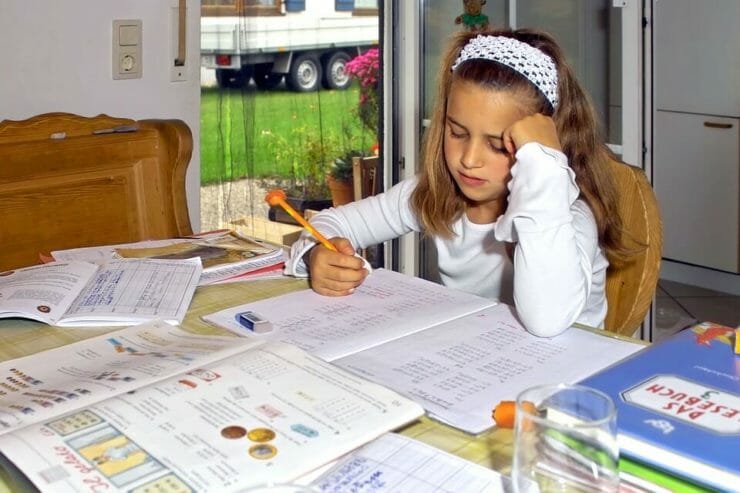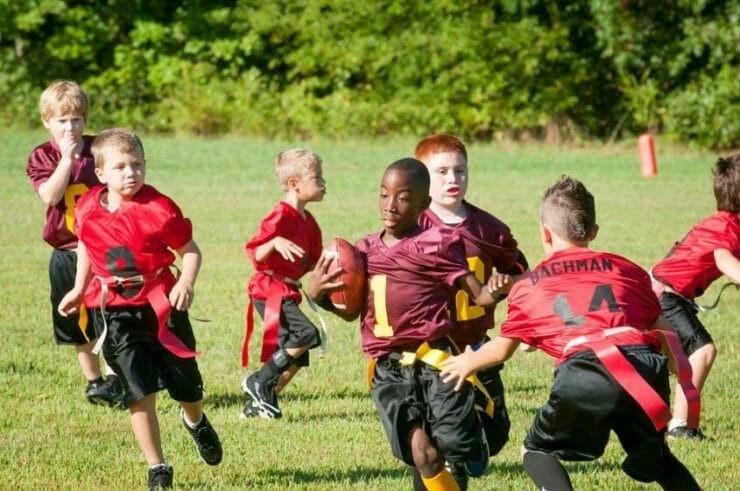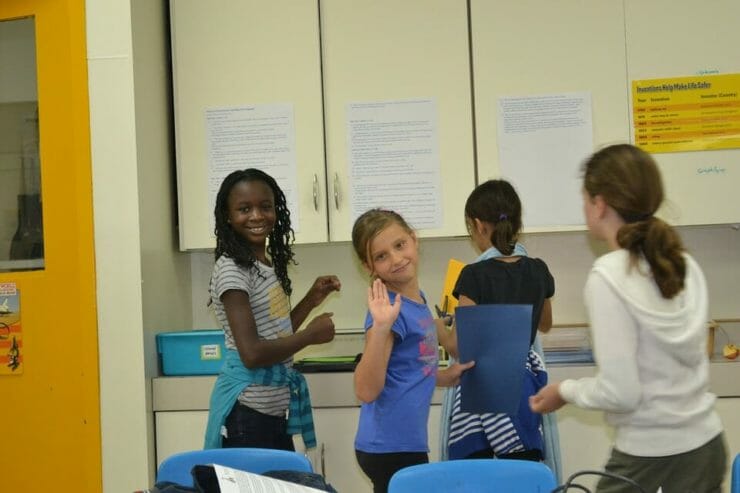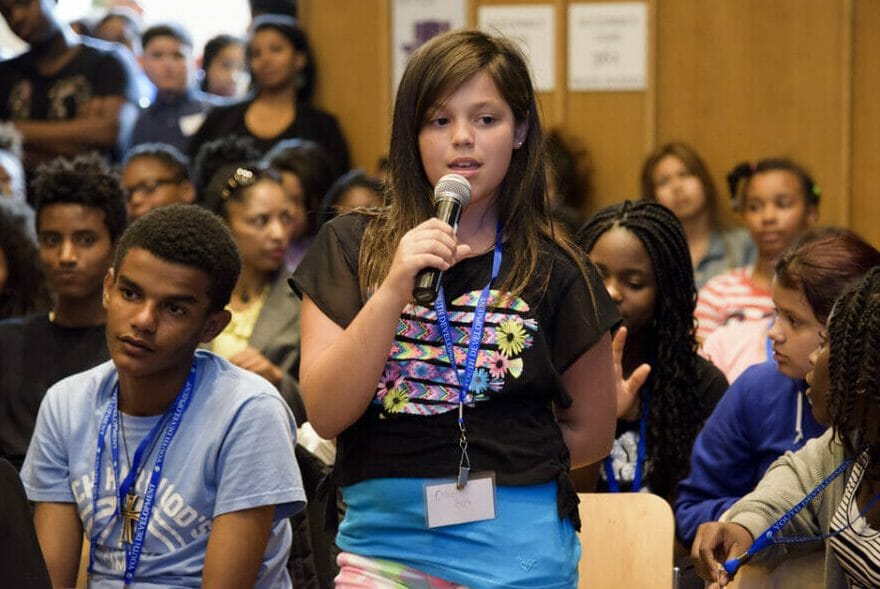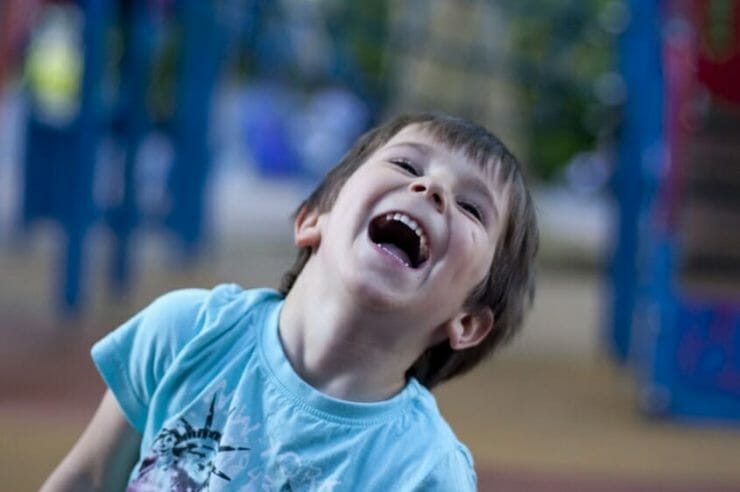
Attention Deficit Hyperactive Disorder (ADHD) is very trendy. If you search on Google, you will see that there are 34,800,000 hits for it (this is today, but I am sure tomorrow it there will be more, if only because I am adding this post…). It is amazing that as the years goes by, the percentage of kids and people with ADHD goes up.
Do you have an explanation to this?
In this post, let me try to give you some explanation to this inflation in the diagnosis of ADHD.
Read ADHD Must Be Contagious »




